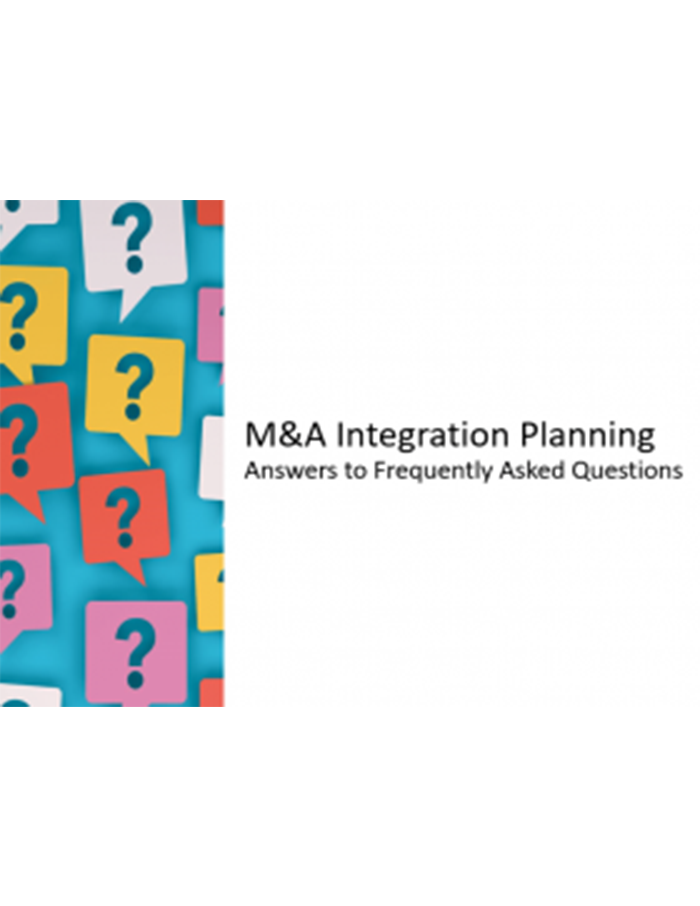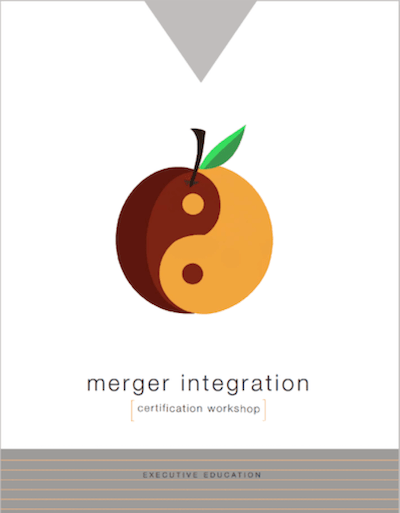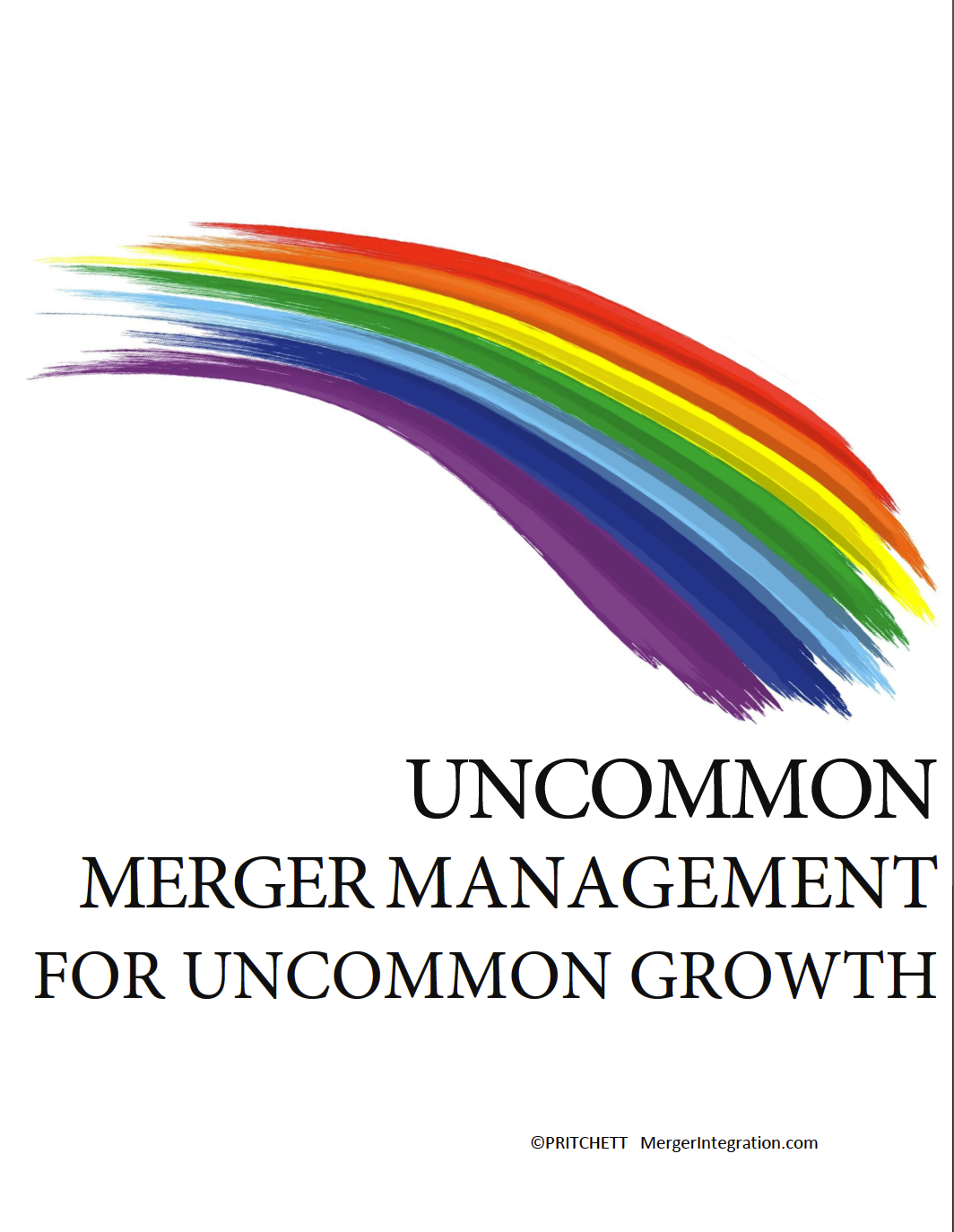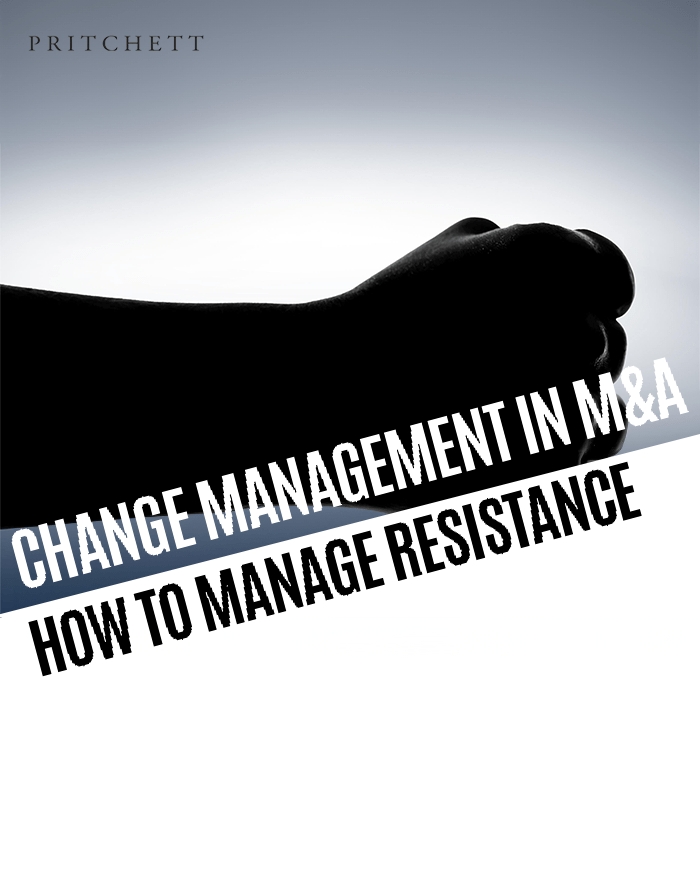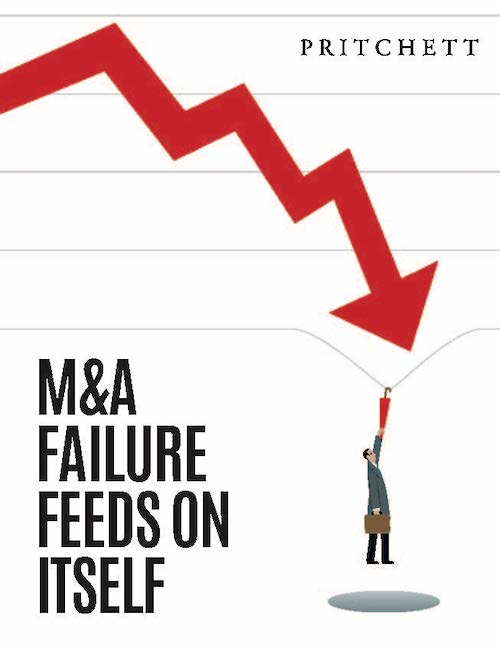Answers to Post-Merger FAQS on:
Best Practices
Communication
Day 1
M&A Integration Teams
M&A Integration Plans
Culture
Risks
Managing People
Post-Merger Exam
Based on Answers to FAQs
What is an acquisition integration?
What are key project management best practices for acquisition integrations?
- Establish clear accountability and project ownership by leaders in the newly defined organization.
- Recheck for clear accountability for integration projects including objectives, scope, timelines, expected results, and resources
- Align executive ownership of integration projects with the merging organization structure
- Align individual performance incentives/bonus programs with planned integration objectives
- Assign resources with strong project management skills to key areas
- Implement an overall program management process to monitor progress against the key milestones, raise and resolve issues, and address risks quickly and efficiently, and make cross-functional decisions rapidly in regular steering team or executive team reviews
What happens when a structured project management approach to the acquisition integration process is not followed?
What are the most influential early wins you can achieve in an integration to build momentum and provide reassurance an acquisition is a good one?
Should you run a careful slow-paced acquisition integration?
No. During a merger, you need to become a bit of a gunslinger. There is real danger in waiting for problems to draw first ... and you don’t have the luxury of taking time to aim perfectly. We’re not advocating that you proceed with wild abandon, but we do want to emphasize that the conservative, slow, methodical approach typically doesn’t cut it in a merger environment. That can be the most reckless strategy of all.
Should cost be one of the factors in all your decisions?
Yes. A merger or acquisition is based on a financial proposition, a commercial viewpoint . . . it’s not a “feel good” activity. Post-merger success is measured in numbers—dollars and cents, cash flow, net worth, stock price, market share, P/E ratio, debt figures, tax savings, and so on. It’s a very digital issue. Your job is to help play the financial angles, to help deliver a bottom line characterized by black ink and big numbers.
What are the 10 M&A change management best practices to reduce resistance during an acquisition integration?
- Explain the reasons for the change
- Level with people about the pathway to change
- Arrange for participation and involvement
- Provide a clear sense of direction
- Give leadership
- Move rapidly in making the changes
- Provide appropriate training
- Create a supportive environment
- Monitor the change process carefully
- Exhibit managerial courage
How can acquirers protect the workforce’s productivity during the integration?
- Operate with very short-range goals or objectives
- Initiate new, merger-specific incentive programs for the transition period
- Monitor performance more closely
- Provide employees quick, accurate feedback regarding shortfalls in their performance effectiveness
- Pass out more “psychological paychecks” (i.e., sincere appreciation, praise) to people who are excelling
- Move quickly to clarify roles and responsibilities for each employee
- Even though you may secretly be expecting less from your people, ask for more. Actually, raise the performance standards
When should M&A integration teams be disbanded?
When a team's end state is reached, the integration teams should hand off any remaining integration tasks to the business line leaders. Then, the team members can be redeployed back into the business full time. It is not a good use of their time for them to be engaged during the long tail of the integration.

